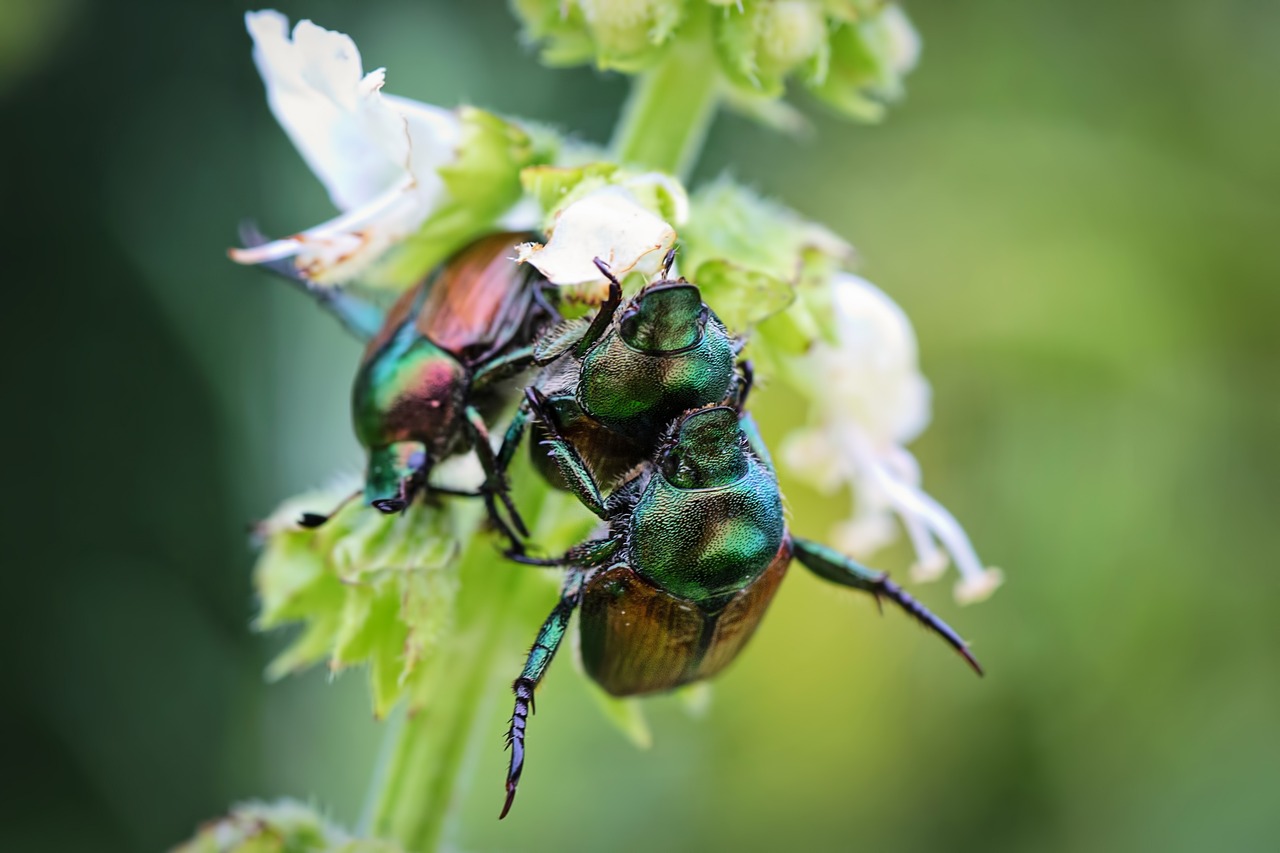Read this Lavender vs. Lilac: Difference and Similarities guide to find how these flowers differ and share traits in this informative post.
Lavender and lilac are both beautiful flowering plants that are often associated with their pleasant fragrance and attractive blooms. While they share certain similarities, they also have distinct characteristics that set them apart. Let’s elaborate on each in detail with the Lavender vs. Lilac: Difference and Similarities guide.
Boysenberry vs. Blackberry: Find the Difference
Lavender vs. Lilac: Lavender Flower Information
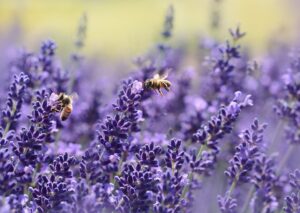
- Family: Lamiaceae (Mint family)
- Botanical Name: Lavandula
- Native Place: Mediterranean region
- Appearance: Small, fragrant purple flowers on spikes
- Height Indoors: About 1 to 3 feet
- Height Outdoors: About 2 to 3 feet
- Leaf Size: Narrow, 1 to 3 inches long
- Foliage Pattern: Silvery-green, linear leaves
- Additional Information: Drought-tolerant, often used for essential oil, attracts pollinators.
Lavender vs. Lilac: Lilac Flower Information
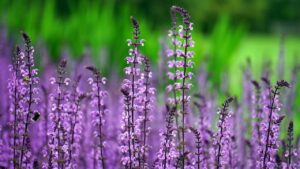
- Family: Oleaceae (Olive family)
- Botanical Name: Syringa vulgaris
- Native Place: Balkan Peninsula
- Appearance: Clusters of small, fragrant, tubular flowers in various colors
- Height Indoors: Not commonly grown indoors
- Height Outdoors: About 5 to 15 feet
- Leaf Size: Heart-shaped, 2 to 5 inches long
- Foliage Pattern: Opposite arrangement, dark green leaves
- Additional Information: Symbolizes love and renewal, attracts butterflies, prefers well-drained soil.
Muskmelon vs. Cantaloupe: Differences and Similarities
Difference
Lavender:
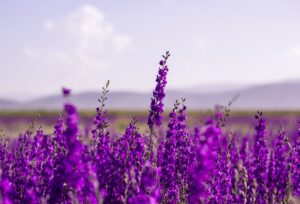
Botanical Characteristics: Lavender (Lavandula) is a genus of plants within the Lamiaceae family. There are various species and cultivars of lavender, but they generally have narrow, linear leaves and tall spikes of small, tubular flowers.
Color: Lavender flowers come in a range of colors from pale blue to purple and even pink or white. The term “lavender” is often associated with a pale purple color.
Growing Zones: 5-9
Fragrance: Lavender is famous for its distinctive and soothing fragrance. The essential oil from lavender is widely used in aromatherapy and as an ingredient in various cosmetic and household products.
Cultivation: Lavenders are popular for their hardiness and ability to withstand drought. It prospers in well-draining soil and needs ample sunlight. People often use lavender plants in gardens, borders, and as ornamental hedges.
Uses: Lavender has a long history of medicinal and culinary uses. It’s used in herbal teas, potpourris, sachets, and as a flavoring in cooking. Lavender essential oil is also used to relieve stress and promote sleep.
Symbolism: Various cultures associate lavender with tranquility, relaxation, and purity, using it as a symbol of calmness and healing.
Find How to Grow and Care for New Hampshire State Flower
Lilac:
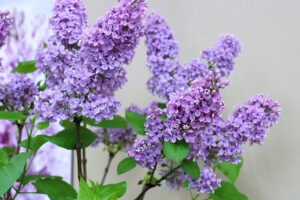
Botanical Characteristics: Lilac (Syringa) is a genus of flowering woody plants within the Oleaceae family. Lilacs are popular for their large, showy clusters of fragrant flowers.
Color: Lilac blooms commonly appear in shades of light purple, but they can also vary from pink to white. The color of these flowers lends its name to the hue known as “lilac.”
Growing Zones: 3-7
Fragrance: People appreciate lilacs for their strong and sweet fragrance, which becomes particularly notable during their blooming period in spring.
Cultivation: Lilacs thrive in well-draining soil and sunlight, similar to lavender. People frequently plant them as ornamental shrubs or small trees in gardens and landscapes.
Uses: While lilacs are not as extensively utilized in culinary or therapeutic applications as lavender, people primarily plant them for their ornamental value. Their vibrant flowers and enticing scent make them popular landscaping selections and floral arrangements.
Symbolism: Lilacs often carry associations with renewal, growth, and spring, symbolizing emotions like love, youthfulness, and purity. This makes them a favored option for weddings and romantic gestures.
Find How to Grow and Care for Arizona State Flower
Color
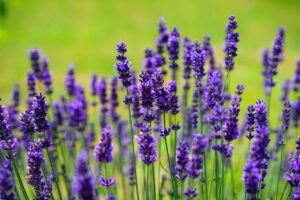
Tone
Lavender: Displays a soft violet tone and a touch of blue, resulting in a slightly cooler overall appearance.
Lilac: Showcases a muted violet shade merged with pink undertones, creating a warmer hue.
Color Family:
Lavender: Finds its place within the blue-purple segment of the color spectrum.
Lilac: Aligns with the pink-purple range of colors.
Associations and Symbolism:
Lavender: Often carries connotations of elegance, grace, and a sense of calmness.
Lilac: Commonly symbolizes themes of first love, innocence, and youthful qualities.
Read Ceanothus Joyce Coulter Growing Guide
Similarities: Lavender vs. Lilac
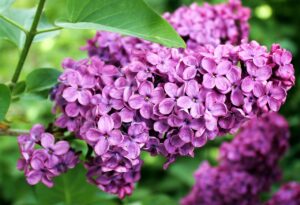
1. Flower Arrangements: Lavender and lilac display small blossoms in clusters, forming distinctive floral structures.
2. Aromatic Appeal: These two flowers share the characteristic of emitting pleasant fragrances used in perfumes and soothing scents.
3. Diverse Color Palette: Lavender and lilac flowers display a range of colors, including various shades of purple, pink, and even white.
4. Pollinator Attraction: Both plants effectively draw in pollinators, such as bees and butterflies, due to their nectar-rich flowers.
5. Leaf Features: While their leaves are similar in being long and narrow, lilac leaves stand out by having a heart-shaped design.
6. Landscaping Allure: Popular for their visual appeal and fragrance, these flowers favor gardens and landscaping.
7. Cultural Significance: With cultural meanings linked to themes of love, purity, and rejuvenation, both flowers hold symbolic value.
8. Natural Requirements: These plants thrive in environments with well-draining soil and ample sunlight, contributing to their vigorous growth.
9. Adaptation to Dryness: Both lavender and lilac tolerate drought conditions, enabling survival with less water availability.
Check Types of Blue Orchids
Conclusion

In summary, when comparing lavender vs. lilac, people hold affection for both blooms due to their beauty and fragrance. Yet, they differ in terms of their botanical characteristics, color ranges, fragrances, and historical uses. Lavender earns recognition for its diverse aromatherapy, cooking, and medicine applications. At the same time, lilac captures admiration mainly for its ornamental worth and symbolism of love and renewal.
Find How to Grow Blue Stargazer Lily


